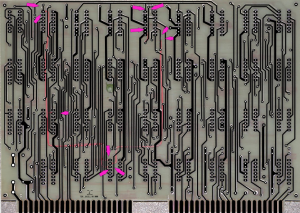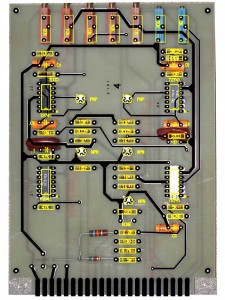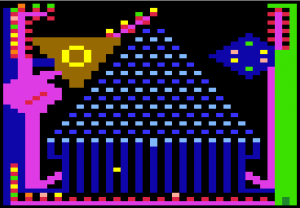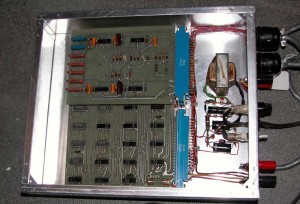Over the last few years, we have had a plague of small moths, especially in the spring time. There are so many, that the larva from these moths defoliate certain types of trees in the spring. So far, these trees have managed to survive, but I’m wondering how many more years that they will be able to tolerate this. The moths are attacted to the lights inside the house at night. There are so many moths, that they get into the house almost every time you open a door at night.
While discussing the disapperance of the Bats with a neighbor the other day, I think I came up with the likely reason that the moth population has run amok. Bats eat moths and other similar sized flying insects, such as dragonflys. With the bats out of the picture, the moths have had little to curb their population, except the available food supply.
Note that bats typically do not eat mosquitos, since mosquitos are too small too provide much nourishment. Dragonflys do eat mosquitos, so with the bats gone, there may also be a reduction in the mosquito population as one consumer of the dragonfly population has been taken out of the picture. Come to think of it, the mosquito population does seems to be low for this time of year.
The balance of nature sure is sensitive and it’s surprising to see it out of whack in our own backyard.




